With the help of 10 rabid Cronenberg fans, we compiled the top ten Cronenbergian films reflecting recurring themes in the auteur’s career.
I am a major Cronenberg fan, ranking him as one of my favorite directors of any genre. I think that all his movies are great (based on the resources he had at the time and development), and he is a director constantly improving himself — not falling into the career pattern of entering the “greatest hits” era to appease fans.
Given the opportunity to rank all Cronenberg’s films, I found it harder to accomplish than anticipated. Not only has he stuck to his guns to make sure almost every project he’s done is authentically him, but he has also had at least phases of his career, with each phase arguably producing a masterpiece.
Because of this, I wanted to change up the list from the standard subjective ranking to look at the common themes in his work that make up the term “Cronenbergian”.
The term has now become interchangeable with the body horror genre. And while the iconic director is viewed as the king of that subgenre, the two are not synonymous (just like how Lovecraftian and cosmic horror/weird fiction can overlap, but Lovecraft’s work does not encompass all that cosmic horror is). Yes, the term Cronenbergian encompasses the destruction, degeneration, transformation, or mutilation of the human body. But it could also be of the mind (ex. Spider, A History of Violence, A Dangerous Method).
Cronenbergian addresses the integration of humans and technology that can be a literal sense (Videodrome) but is also very evident in Crash and Cosmopolis. It explores sex and/or flesh, which can be connected to literal body horror, as evident in M. Butterfly. Finally, there is a coldness in handling the story with scientific objectivity rather than trying to engage the audience through emotion.
To avoid having to put myself through the process of ranking these films in some “best-to-worst” list, this article is dedicated to the Top Ten Cronenbergian Films.
Based on the criteria of looking at which of David Cronenberg’s films represent the recurring themes throughout his entire career, it leaves out some incredible films that still deserve recognition.
A History of Violence is one of the best crime films of the 00s and arguably one of his and Viggo Mortensen’s best films overall. The Dead Zone is one of the greatest Stephen King adaptations of all time. They are both outstanding but sadly (more in Dead Zone’s case) do not have enough of the themes overtly to make this list.
So, constructed on an average score accumulated from 10 (myself included) Cronenberg fans (made up of critics, artists, filmmakers, actors, and writers), let’s get started!
10. MAPS TO THE STARS
IMDb Synopsis: A tour into the heart of a Hollywood family chasing celebrity, one another, and the relentless ghosts of their pasts.
We are already starting off with a controversial pick for Cronenberg fans, and especially the horror-only Cronenberg fans. Maps to the Stars was not written by Cronenberg, was the only film he shot in the United States, and was marketed as his first and (currently) only comedy — though he considers all of his work comedies (with the exception of The Brood). And yet, it works as a perfect concoction of the director’s entire and diverse filmography. It is aligned with his post-straightforward-body-horror career, having the themes internalized and realistic (as close as he can).
Like it or hate it (I may be the only one I know that loves it), the film acts as a beautiful swan song for what is currently his last film. On top of being his first and only movie shot in the U.S., the picture blatantly calls out Hollywood for its incestuous nature, showing a “punk-rock” level of defiance that one would expect from an up-and-coming filmmaker during the 80s. However, since it is Cronenberg in 2014, it is done with an execution impossible for said 80s indie filmmakers.
Incest, self-mutilation, an identity crisis, celebritism in the modern world, and science (a loose form of therapy in this case) may not be as overtly Cronenbergian as others on this list. But Maps to the Stars is a prime example of how these themes can be interpreted differently by such an artist.
9. RABID
IMDb Synopsis: A young woman develops a taste for human blood after experimental plastic surgery, and her victims turn into blood-thirsty zombies, leading into a city-wide epidemic.
Thanks to a remake and rerelease, Rabid has gained much-deserved attention over the last several years. While the film is regularly commented as being ripe in potential but lacking (due to budget and time period) in execution, it does represent an early example of the protagonist being the one suffering from the affliction (both physical and mental in this case), rather than trying to stop it, solve it, or contain it like Shivers.
However, like Shivers, many Cronenberg-fanatics consider Rabid to be Cronenberg at his purest. While the director has maintained a sense of independence throughout his career, those two films are unfiltered, straight from the faucet before stars were attached and his name did not carry weight.
A woman’s body with a bloodsucking armpit, using sex to get her victims, identity, experimentation in surgery, and even the casting of an adult film actress as the lead; it fits the Cronenberg bill of what was to come.
8. NAKED LUNCH
IMDb Synopsis: After developing an addiction to the substance he uses to kill bugs; an exterminator accidentally kills his wife and becomes involved in a secret government plot being orchestrated by giant bugs in a port town in North Africa.
There is this mentality by a lot of people, especially fans of the book, that a film adaptation of a book should be faithful, and the less faithful it is, the worse the film is. Each medium has its own requirements to tell an engaging story and has storytelling devices specific to the medium. You can have an unfaithful film adaptation that is iconic or a very faithful adaptation that doesn’t work because of elements that can’t crossover (*See The Shining adaptations).
What happens when you get an arguably unadaptable book like William S. Burroughs’ Naked Lunch? Cronenberg took parts of the book that could be adapted, mixed it with Burroughs’ life, and added some of his own touches to create something that stands out as its own piece.
There are fantastical elements in this work, but he always tends to keep things rooted in a reality that is here or five years around the corner. Naked Lunch sees him entering a fantasy world and at his most surreal. But with the addition of Burroughs’ biographical elements, it solidifies its place as one of the top Cronenbergian films. It’s also a major example (outside of Fast Company) of the director dabbling in other genres before his horror exodus.
7. CRASH
IMDb Synopsis: After getting into a serious car accident, a TV director discovers an underground sub-culture of scarred, omnisexual car-crash victims who use car accidents and the raw sexual energy they produce to try to rejuvenate his sex life with his wife.
Just like Naked Lunch, Crash was a major toss-up. While the other films that made it into the final top 10 were consistent across the 10 lists, these two were either ranked high or low. This could be chalked up to both being adaptations, instead of original scripts. But to appropriately analyze what Cronenbergian is, we must recognize that adaptations and biographical stories are an important part of his filmography.
That being said, if there is a director destined to adapt one of J.G. Ballard’s dystopian trilogies about humanity and technology (Crash, Concrete Island, High Rise), it was Cronenberg during his crucial transition period out of the strictly horror genre. Even Shivers shares a lot in common with High Rise, despite both being released the same year.
The film is seen as venturing into a more realistic world but is still slightly surreal or Brechtian (whatever term you’d like to use) with all the components. Technology, obsession with celebrities, conflicts of identity, sexual exploration, flesh, and body horror all under the guise of an erotic drama. Just like Naked Lunch, Crash is an essential bridge film to provide variations on what is Cronenbergian.
6. THE FLY
IMDb Synopsis: A brilliant but eccentric scientist begins to transform into a giant man/fly hybrid after one of his experiments goes horribly wrong.
Cronenberg’s biggest success, and one of the few films to do well in the box office, The Fly is arguably the director’s most popular work to date (especially out of his horror films). It is also the most accessible to a general audience, where he was able to use his Cronenbergian themes in a way that does not alienate certain audiences due to his scientific approach to storytelling. It does not hurt to possibly have Jeff Goldblum’s best performance and one of Geena Davis’ either.
Much like John Carpenter’s The Thing, The Fly surpasses the original film to utilize the special effects and fears of the time period to create something truly haunting. It’s mad science creating a human/fly hybrid, with subtext about the AIDS epidemic that was devastating during that period. Yet, maybe the only reason it does not take a higher spot is because of the same accessibility that made it one of the top horror films to date.
5. EXISTENZ
IMDb Synopsis: A game designer on the run from assassins must play her latest virtual reality creation with a marketing trainee to determine if the game has been damaged.
While Cronenberg has never done a sequel to his work, ExistenZ is seen by many as the unofficial sequel to Videodrome. The two films share a lot in common, but ExistenZ is updated to focus on the world of video games. I am sure, with a younger generation, that may make this film feel even more relevant and impactful than Videodrome. Even after re-watching it for this article, the film feels timelier now than in 1999. Sadly, upon its initial release, it got overshadowed (much like the phenomenal, Dark City) by a little film called The Matrix.
Additionally, one of the critiques for why it did not do as well is because of its high level of intelligence. It came out at the end of his transitional period of the 90s where Cronenberg established himself as the godfather of body horror. But then his maturing skill and influence allowed him to play with how one could define that subgenre.
However, twenty years later, ExistenZ has begun to find an audience and earn scholarly criticism to provide the attention it deserves. Even though it is more of a sci-fi thriller, for Cronenbergian horror fans, ExistenZ is both seen as his first legitimate horror film since The Fly and his last attempt at horror before his shift into psychology-focused films and a few amazing crime movies.
4. VIDEODROME
IMDb Synopsis: A programmer at a TV station that specializes in adult entertainment searches for the producers of a dangerous and bizarre broadcast.
I was surprised this did not take the top spot, given its use of technology integration, body horror, sexual taboos, “long live the new flesh,” loss of self — and the list goes on. Videodrome is Cronenbergian to the fullest. He had a nice size budget, but it was still early enough in his career that he was not doing the major studio adaptations/remakes or beginning his transition.
This is essential viewing for all interested in Cronenberg’s work, and not just for the horror fans.
As mentioned prior for younger generations, there may be a point where ExistenZ is easier to connect with (though connecting has never been a priority of his). But I don’t think there’s another film in his whole filmography that packs as much punch as this movie. Unlike Scanners, which has an iconic opening and closing but gets lost in the middle, Videodrome fires on all cylinders throughout.
3. SHIVERS
IMDb Synopsis: The residents of a suburban high-rise apartment building are being infected by a strain of parasites that turn them into mindless, sex-crazed fiends out to infect others by the slightest sexual contact.
As discussed with Rabid, Shivers for many Cronenberg horror purists would be placed as the most Cronenbergian film on this list, since it was before he gained notoriety.
In terms of objective quality ranking, the two films are usually interchangeable for a lot of people. But as we are looking at the top Cronenbergian films throughout his entire career, it is placed further ahead. The film has similarities with Ballard’s dystopian trilogy, having a phallic parasite that is sexually transmitted. It was the first time the flesh is discussed in explicit detail, and ith has an Invasion of the Body Snatchers-esque sense of individuality (coming out before the 1978 version).
While Shivers may lack the overt body horror elements that would become forever connected to his work, the film makes up for it by setting up all the philosophical groundwork for the themes to come.
2. THE BROOD
IMDb Synopsis: A man tries to uncover an unconventional psychologist’s therapy techniques on his institutionalized wife, amidst a series of brutal murders.
As mentioned, David Cronenberg’s work has been seen as “cold,” with scientific objectivity to how he approaches characters (Brechtian has been used as well). This stylistic approach is fairly consistent throughout his entire career, with the exception of The Brood, which is also why it makes it so important to this Cronenbergian list.
It is the only work Cronenberg said he doesn’t consider a comedy — and it is his most personal, as he was going through a bad divorce during the same time. Because of this personal connection, The Brood offers a lot of nuances that are not present in his other films. It is not as controlled, allowing the audience a better image of the iconic director as a human being. It is also the first instance that connects most importantly to his later work, where the scientific elements and new-age technology are psychologically-based, instead of a new surgical procedure or piece of physical technology.
There is no question why The Brood is constantly referred to as his first masterpiece. Mutant children birthed from an experimental therapy, tied to releasing emotion, and unforgettable performances from Oliver Reed and Samantha Eggar. Scanners’ head explosion two years later might have got more eyes on Cronenberg’s work, but this is what took his career to the next level.
1. DEAD RINGERS
IMDb Synopsis: Twin gynecologists take full advantage of the fact that nobody can tell them apart until their relationship begins to deteriorate over a woman.
And here is our number one! The dark descent into twin brothers’ psyche that never lets up for a single moment, and yet is a work of artistic beauty, transcending genre… also known as David Cronenberg’s Dead Ringers.
This film is not just an essential Cronenberg film; it is an essential film.
Starting with Jeremy, we see the portrayal of the twin brothers in such a way that it is evident which brother is which. It has been discussed that Cronenberg is seen as a “cold” storyteller here, however, very few directors have brought out the best performances of so many great actors from Irons, Julianne Moore, Viggo Mortensen, Goldblum, Keira Knightley, James Spader, and so on. There is no question why Irons specifically thanked Cronenberg when he won the Oscar the following year for Reversal of Fortune. (Weird how Moore won for Still Alice the year after Maps to the Stars.)
When analyzing the Cronenbergian term across his entire career, this is the prime film. It is based on a real story about the struggle for individuality and connection, with themes of sexual exploration. We have two gynecologists, with one of the brothers becoming obsessed with creating new tools to help reverse their clients’ physical and mental deterioration.
One side note: the production design is gorgeous. Dead Ringers is the ultimate bridge of his horror and non-horror work, establishing the masterful transformation into one of the greatest living directors of our time.
SUPPLEMENTAL LIST DATA
David Cronenberg’s Filmography (by Release Date):
- Stereo (1969)
- Crimes of the Future (1970)
- Shivers (1975)
- Rabid (1977)
- Fast Company (1979)
- The Brood (1979)
- Scanners (1981)
- Videodrome (1983)
- The Dead Zone (1983)
- The Fly (1986)
- Dead Ringers (1988)
- Naked Lunch (1991)
- M. Butterfly (1993)
- Crash (1996)
- Existenz (1999)
- Spider (2002)
- A History of Violence (2005)
- Eastern Promises (2007)
- A Dangerous Method (2011)
- Cosmopolis (2012)
- Maps to the Stars (2014)
- Consumed: A Novel (2014) *Also deserves mentioning
My Personal Ranking of All Cronenberg Films, Best to Least (*Changes Frequently*):
- A History of Violence
- The Brood
- Dead Ringers
- Videodrome
- Maps to the Stars
- Crash
- Eastern Promises
- Cosmopolis
- The Fly
- Shivers
- Naked Lunch
- Spider
- ExistenZ
- Scanners
- A Dangerous Method
- The Dead Zone
- M. Butterfly
- Rabid
- Crimes of the Future
- Stereo
- Fast Company
Combined Ranking, Best to Least Best (Average from 10 People):
- Videodrome
- The Fly
- Dead Ringers
- A History of Violence
- The Brood
- Spider
- Eastern Promises
- Crash
- Naked Lunch
- ExistenZ
- The Dead Zone
- Cosmopolis
- Scanners
- Shivers
- Rabid
- Maps to the Stars
- A Dangerous Method
- M. Butterfly
- Fast Company
- Crimes of the Future
- Stereo
…


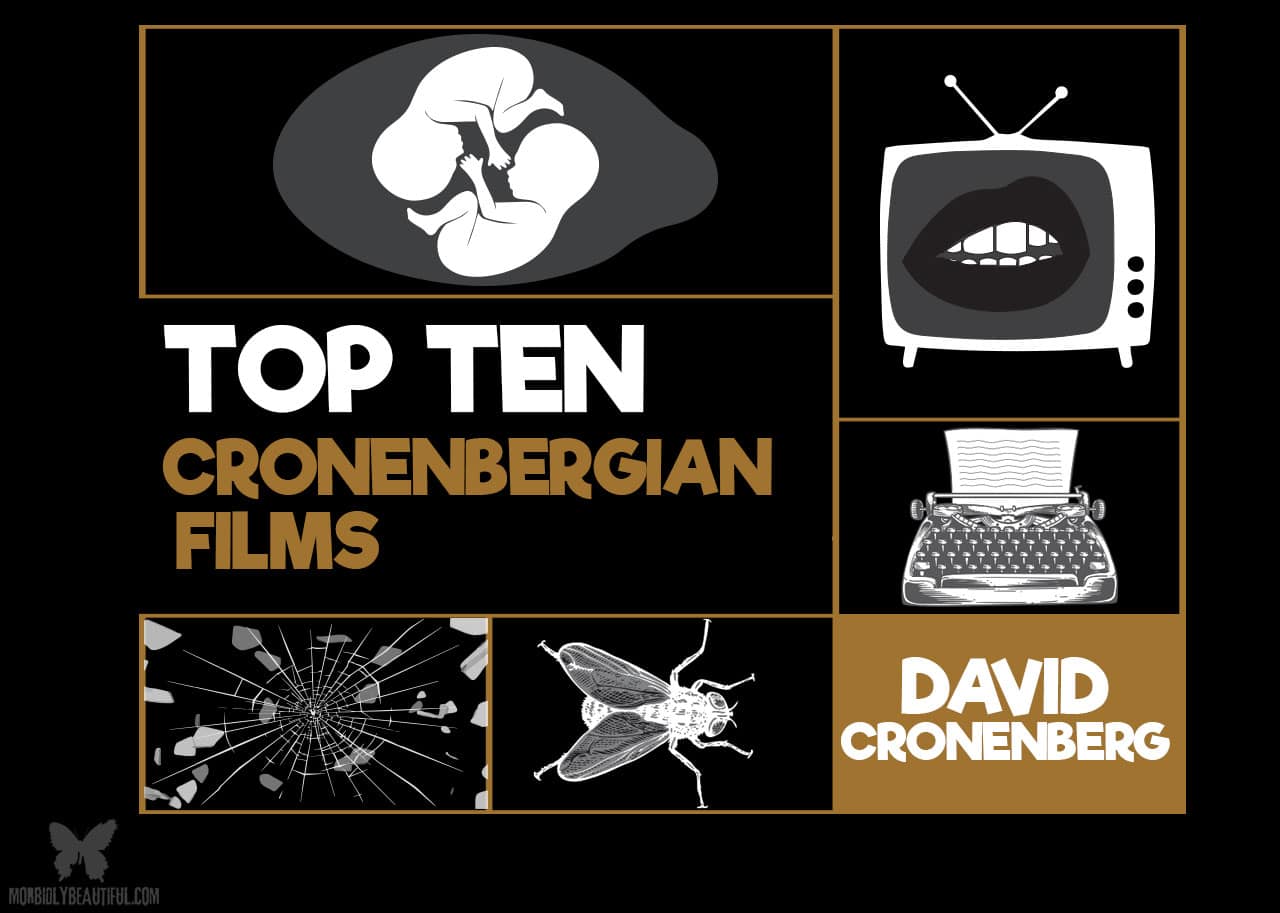
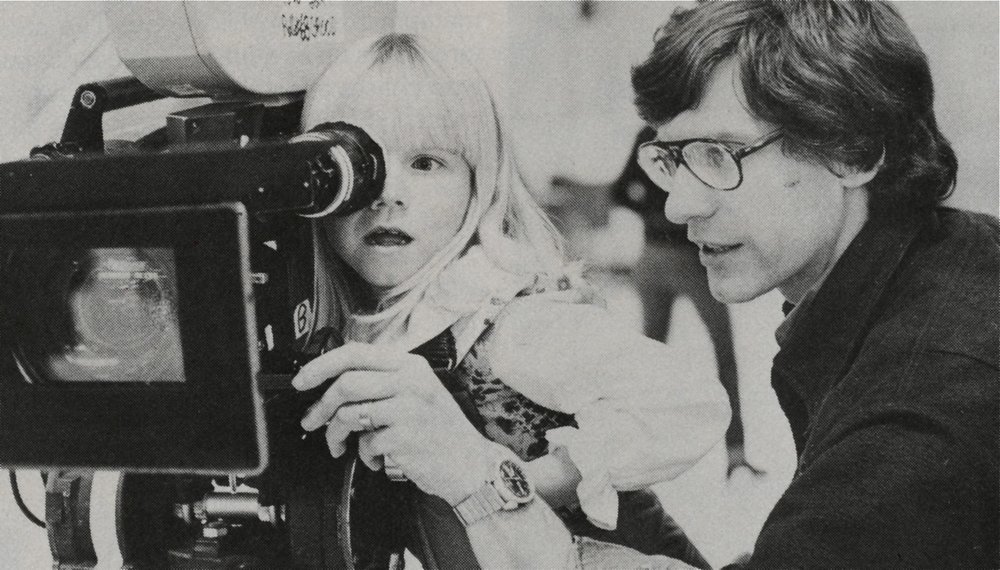
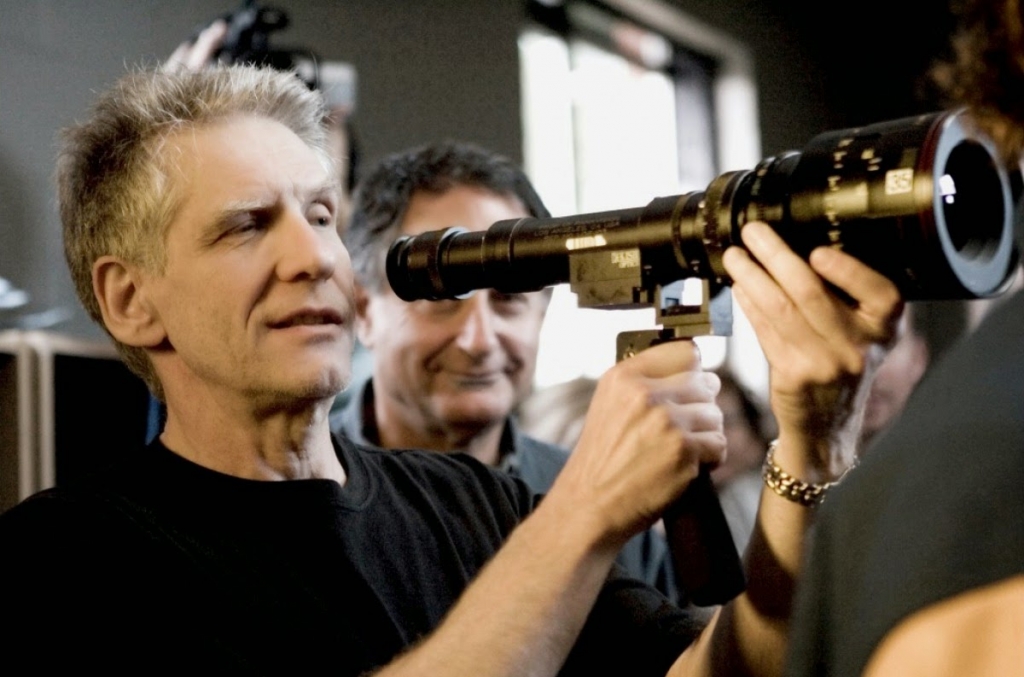

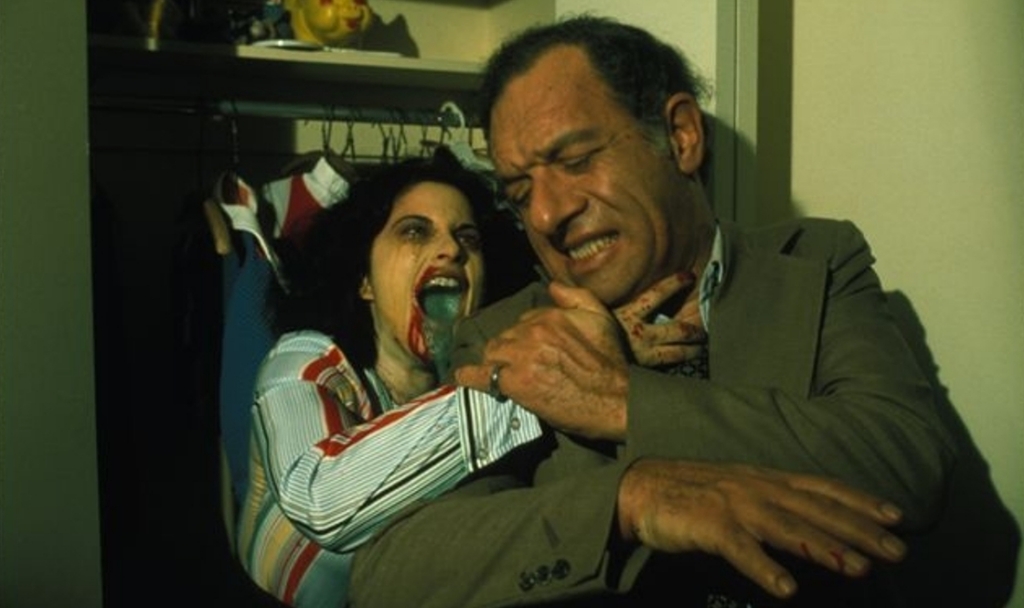
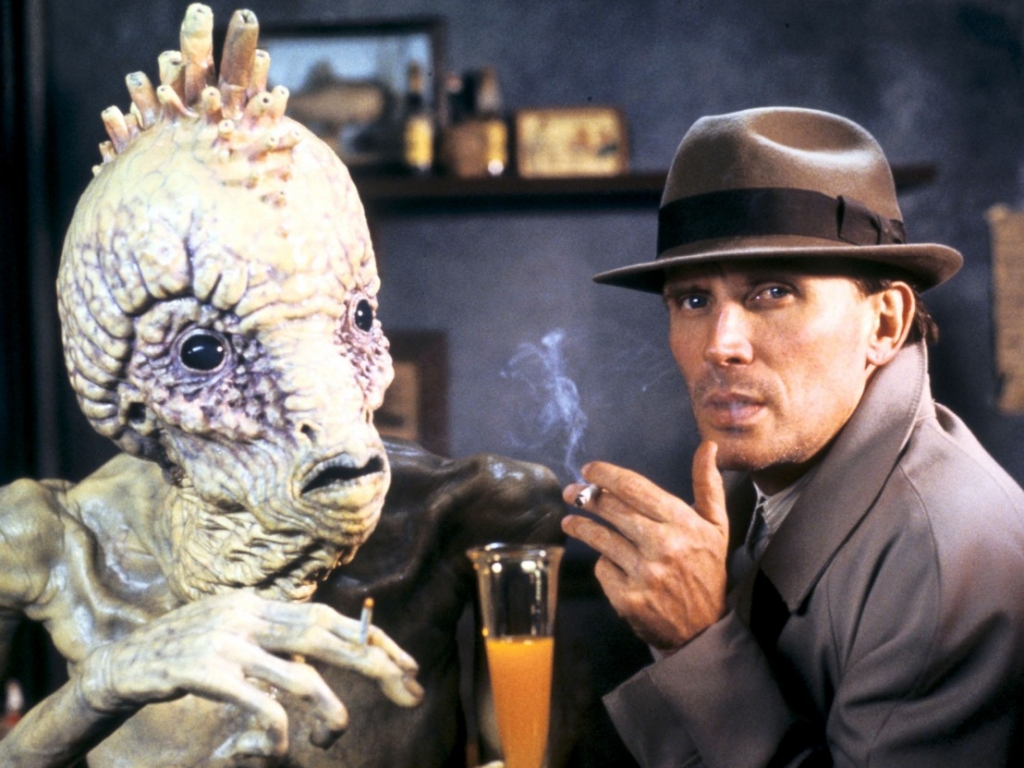
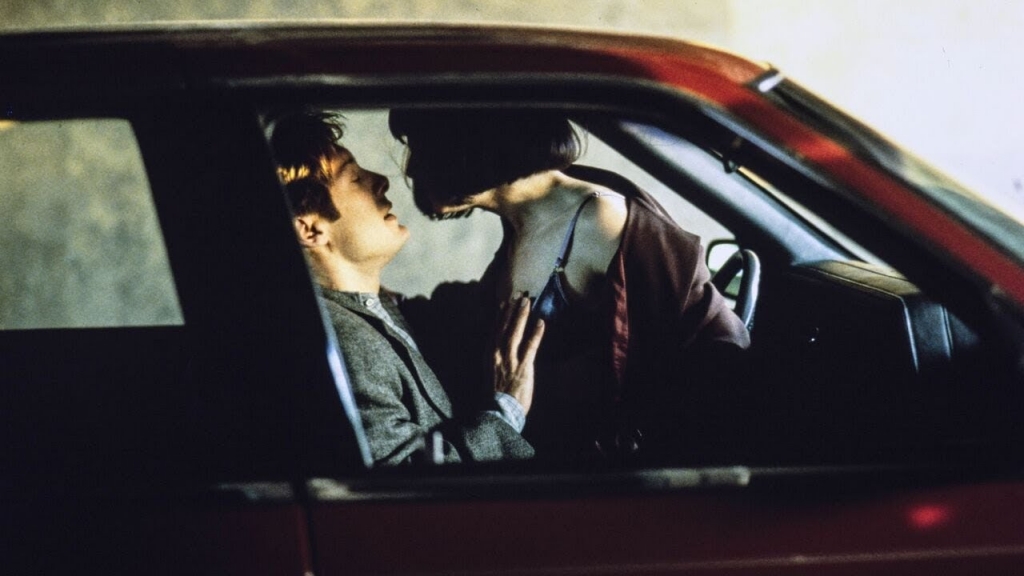
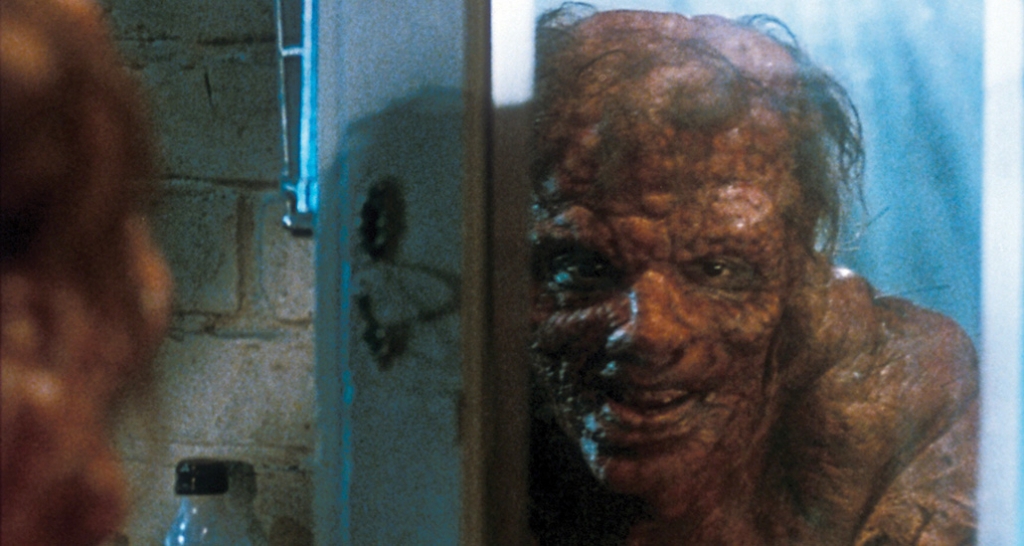
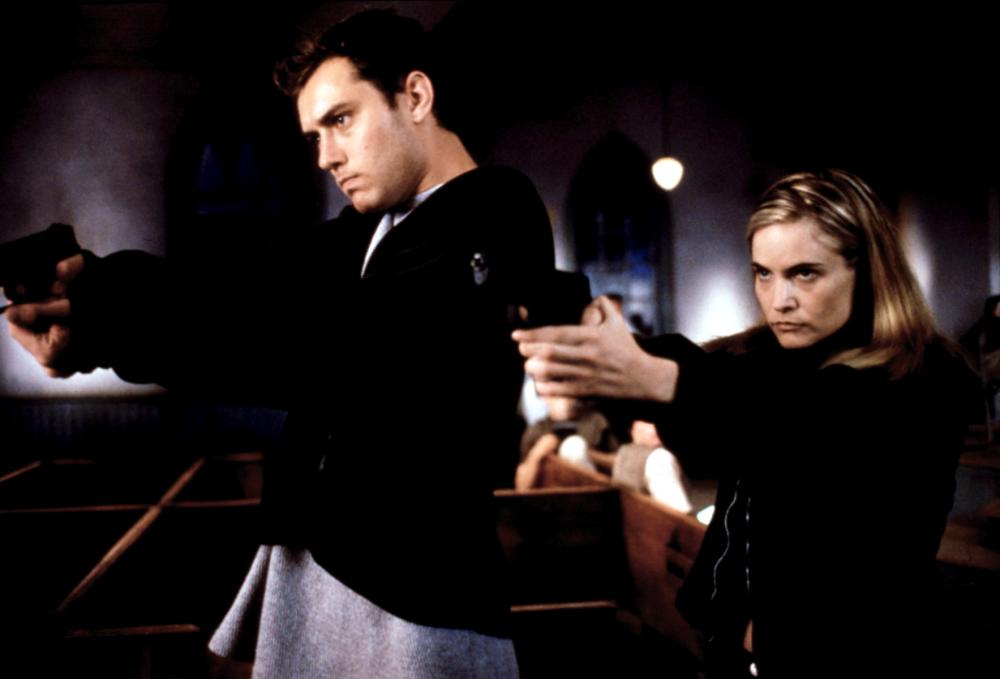
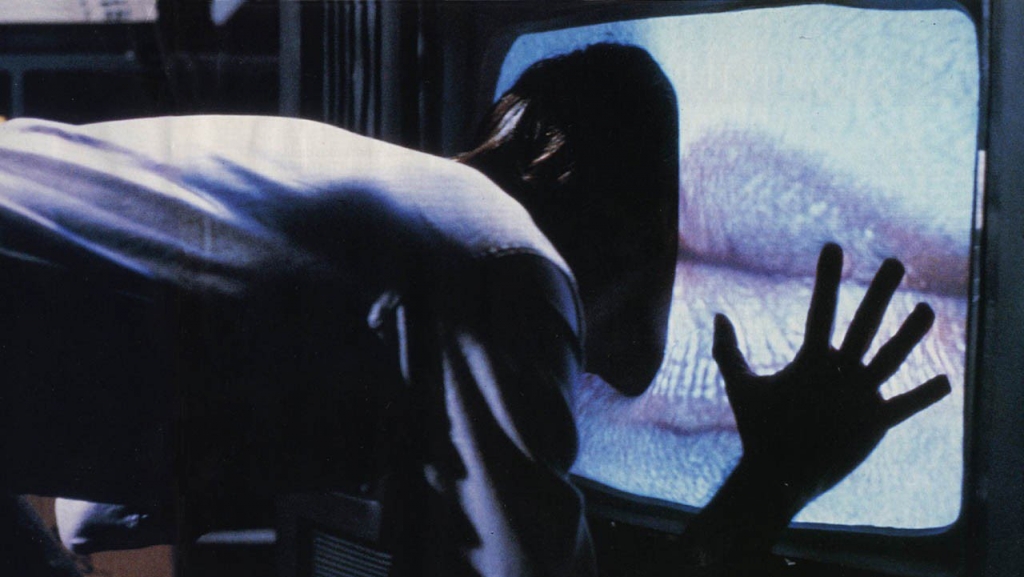
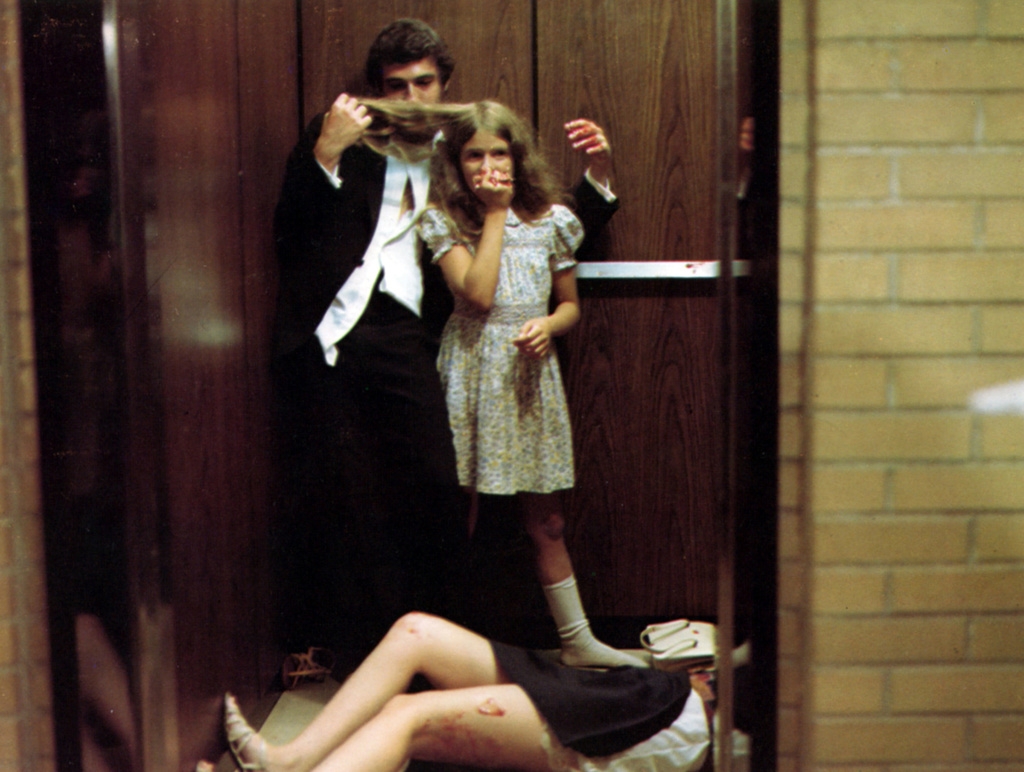
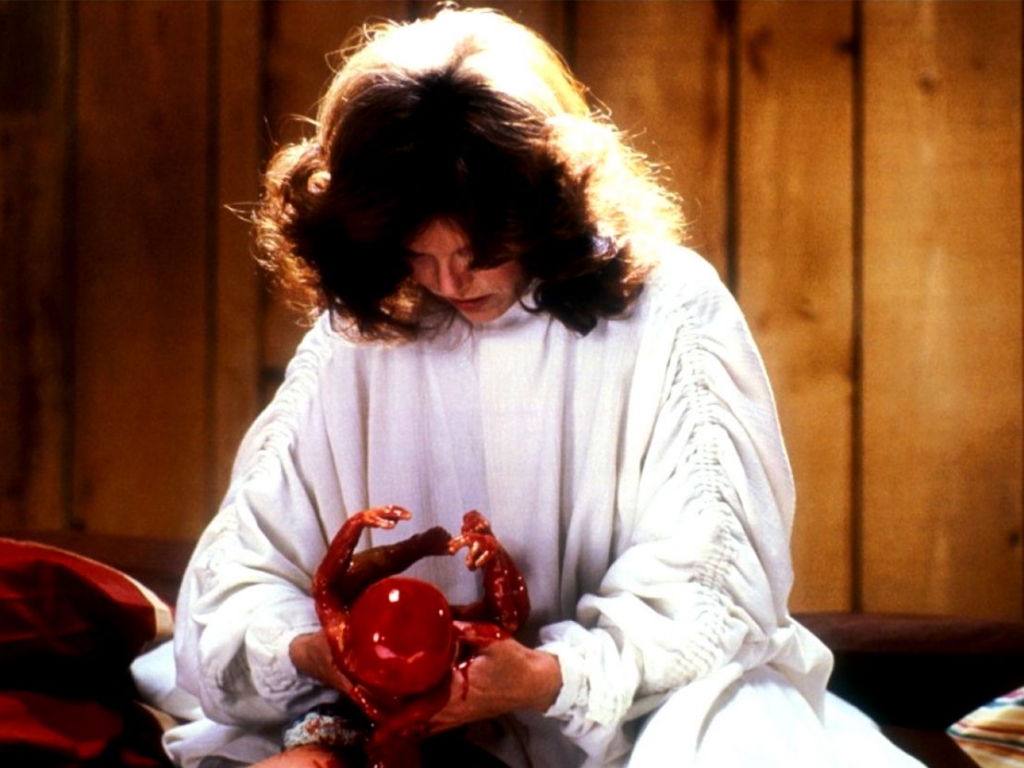
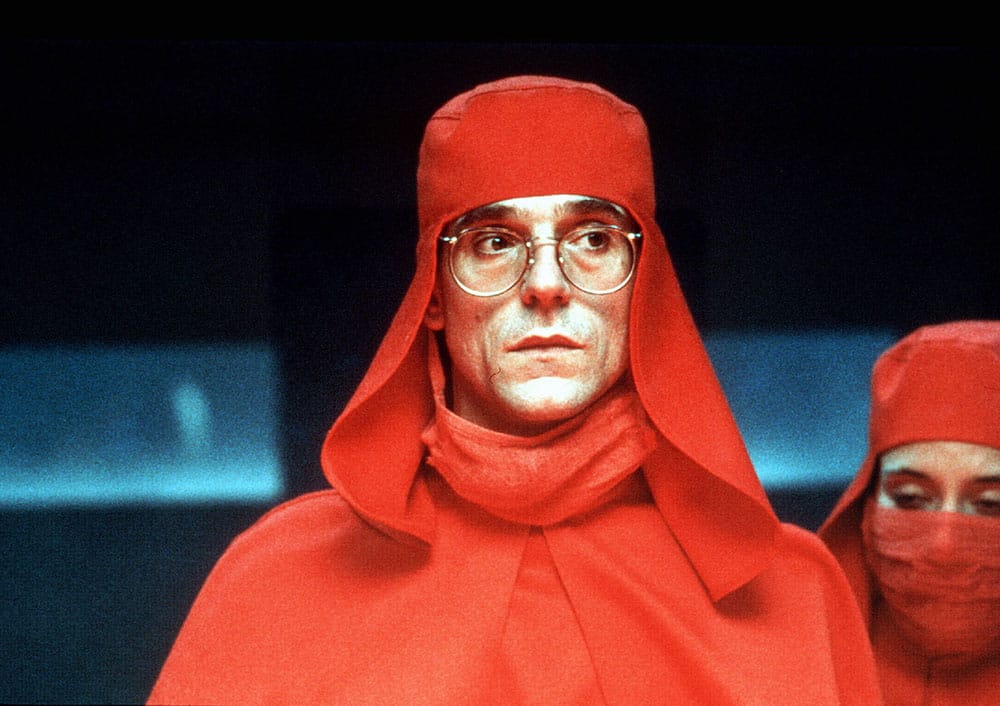

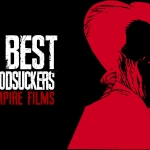
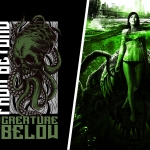
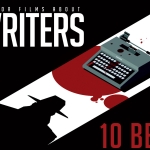





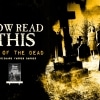
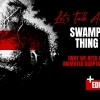

Follow Us!